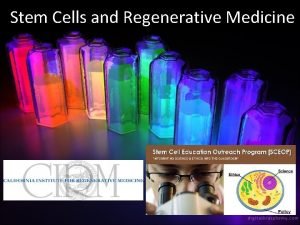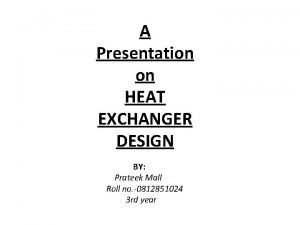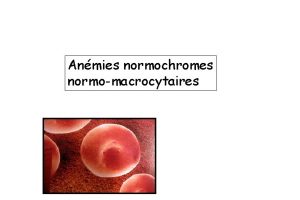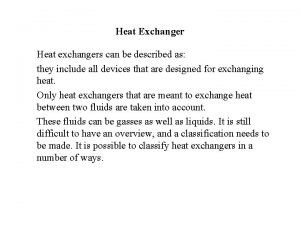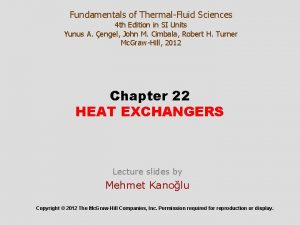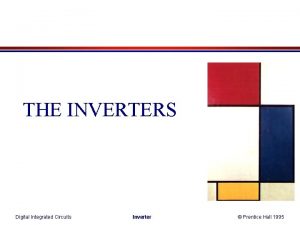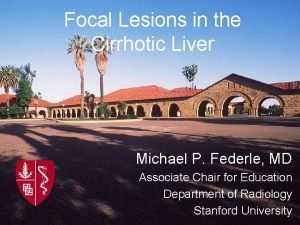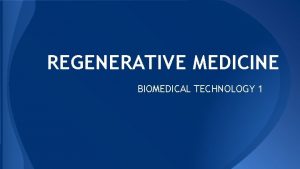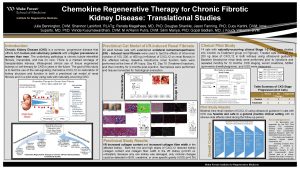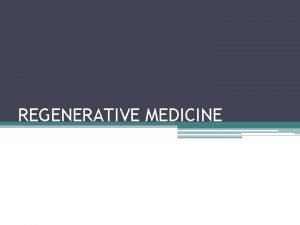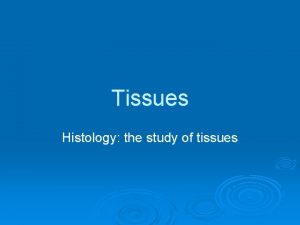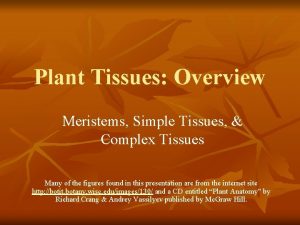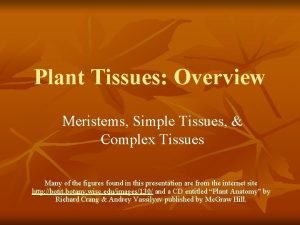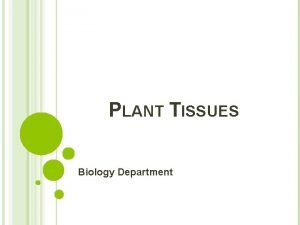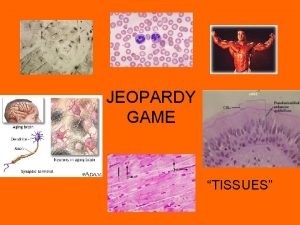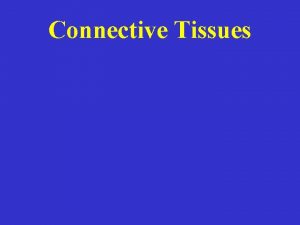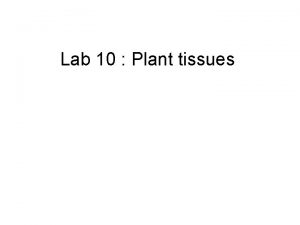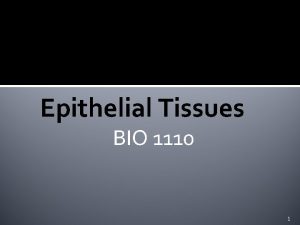Realizing the Promise of Regenerative Medicine Growing Tissues













- Slides: 13

Realizing the Promise of Regenerative Medicine: Growing Tissues and Organs for Transplantation Richard E. Swaja Director – SC Bioengineering Alliance Director – Clemson-MUSC Bioengineering SC COEE Endowed Chair in Regenerative Medicine – MUSC Conference on Resolving the Shortage of Organs for Transplantation November 20, 2009

Regenerative Medicine – Tissue Engineering Definition – Combining principles and methods from the physical and engineering sciences, medicine, and biology to exploit living cells for therapeutic and diagnostic purposes. Goal - Develop innovative technologies and approaches that will enable repair, replacement, or restoration of diseased cells, tissues, and organs. The Field – Biochemistry, Biology, Biomaterials, Biomechanics, Computer Science, Engineering, Imaging, Informatics, Medicine, and Physics

The Promise Diagnostic – Grow tissues in vitro for testing drug metabolism, uptake, toxicity, and pathogenicity. Therapeutic – Grow tissues and organs in vivo or in vitro for transplantation. Vision – Industrial-type production of functional complex tissues and organs for biomedical applications.

Creating Bioartificial Complex Tissues and Organs - Biofabrication Bioprinting – Basis for fabrication - Computer-aided, layered deposition of materials (hydrogel) and living (stem) cells - Different from classic solid scaffold followed by cell seeding in bioreactor – One step compared to two - More amenable to complex tissues and organs and vascularization

Bio. Printing Using “Bio. Ink” Bio. Ink = Aggregates of stem cells + hydrogel (morphogens)

Stem Cells Derived from Fat Tissue

Induced Pluripotent (i. PS) Cells Transfect 3 genes 7 Expand to 10 ADULT HUMAN SKIN CELLS

Currently Available Industrial Bioprinters

Creating Bioartificial Complex Tissues and Organs – Vascularization Engineering a branched human vascular tree - “The” problem with creating 3 D living tissues more than 4 cell layers thick - Limits tissue engineering benefits to avascular structures (cartilage and cardiac valves)

The future of tissue and organ biofabrication depends on engineering a functional vascular tree Break 4 cell barrier

The South Carolina Project: Engineering a Vascular Tree

Roadmap & Timeline 2003 2009 2020

Biofabrication – Plus and Minus Organs generated using patient’s stem cells – no host rejection issues. Organs can be tailored to patient’s specific characteristics. Capable of industrial-type production. It’s a big endeavor and it is going to take some time, but it will be worth the effort.
 Regenerative medicine
Regenerative medicine Cells form tissues. tissues form __________.
Cells form tissues. tissues form __________. Body tissues chapter 3 cells and tissues
Body tissues chapter 3 cells and tissues Body tissues chapter 3 cells and tissues
Body tissues chapter 3 cells and tissues The four major categories of tissues are
The four major categories of tissues are Body tissues chapter 3 cells and tissues
Body tissues chapter 3 cells and tissues After realizing his own mistake the grasshopper felt
After realizing his own mistake the grasshopper felt Lmtd heat exchanger formula
Lmtd heat exchanger formula Anemie regenerative
Anemie regenerative Vertical shell and tube heat exchanger
Vertical shell and tube heat exchanger Aloe vera with mosqueta rose oil regenerative
Aloe vera with mosqueta rose oil regenerative Regenerative type heat exchanger
Regenerative type heat exchanger Digital inverter
Digital inverter Regenerative nodules of liver
Regenerative nodules of liver
